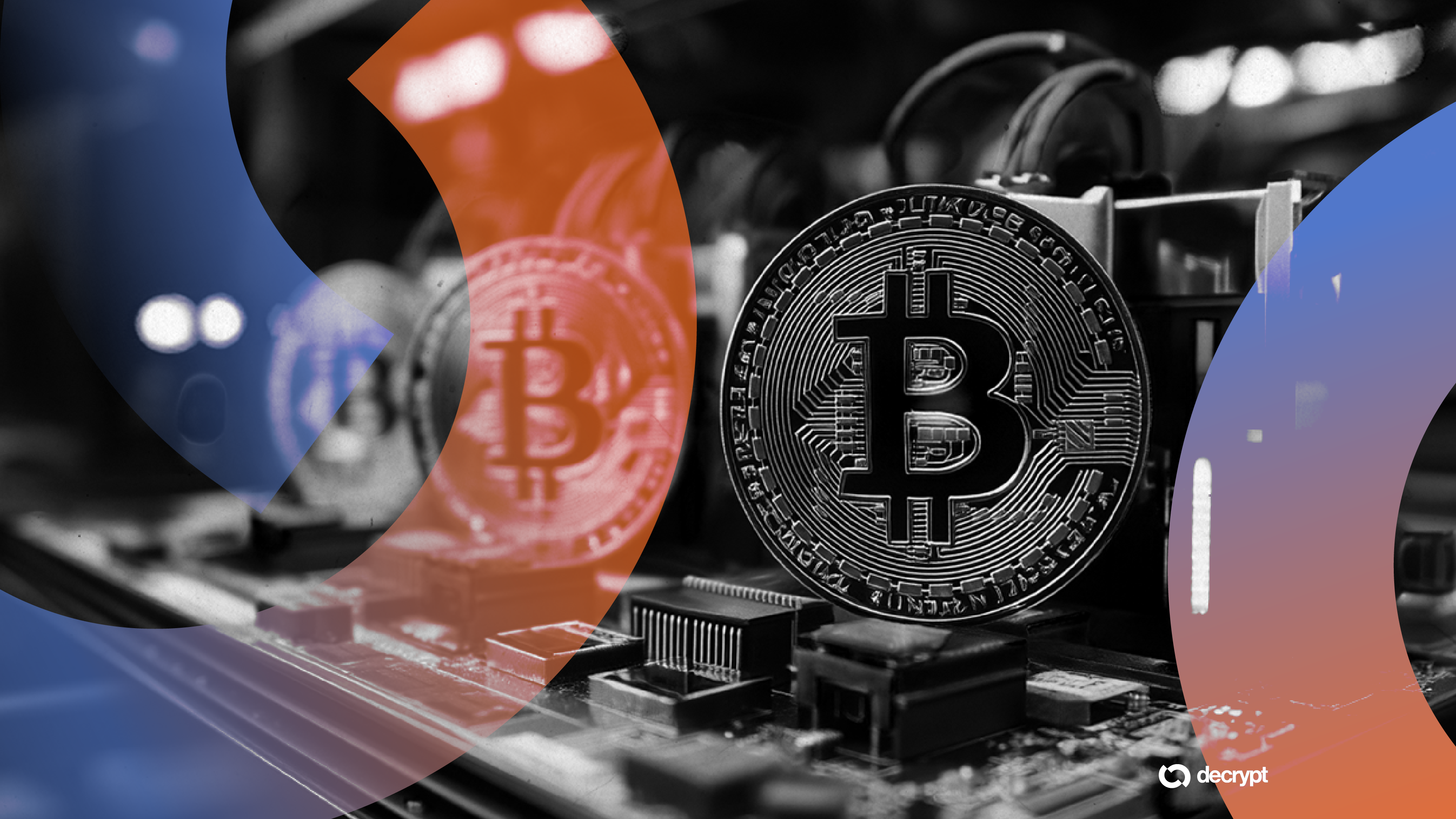IBM’s Quantum Breakthrough: Is Bitcoin’s Doomsday Clock Ticking?

Quantum computing just got real—and crypto might be first in the firing line.
IBM’s latest roadmap reveals hardware that could crack Bitcoin’s encryption by 2029. The ‘Q System Two’ isn’t some lab experiment—it’s a 10,000-qubit monster designed for commercial use. Wall Street’s already salivating over quantum arbitrage (while quietly dumping their BTC bags).
Here’s the kicker: The same tech that could bankrupt HODLers might also birth unhackable quantum-blockchains. The irony? Banks will probably adopt those first.
Sleep tight, Satoshi.
The Starling roadmap
Why it matters
Earlier this week, Strategy co-founder Michael Saylor downplayed the threat of quantum computers, calling them a bigger risk to banks and governments than to Bitcoin.
“They will hack your banking system, your Google account, your Microsoft account, and every other asset you have much sooner, because they''re an order of magnitude weaker," he said at the time.
Experts, such as Professor David Bader of the New Jersey Institute of Technology, view fault tolerance as the linchpin of practical quantum computing—and potentially a threat to current cryptographic systems.
"Fault tolerance is really about making these quantum computers less fragile and less error-prone,” he said. “That is a key technology needed to scale up from beyond a handful of qubits to what we think we''ll need for real applications, which may be on the order of tens of thousands to millions of qubits."
Bader acknowledged the fear that one of these applications could compromise cryptographic algorithms that secure cryptocurrencies like Bitcoin, and emphasized the importance of blockchain developers moving toward quantum-resistant encryption.
“A powerful quantum computer capable of running Shor''s algorithm is still years away,” he said. “Blockchains won’t suddenly break in 2029—but it’s worth watching.”
Edited by Andrew Hayward

